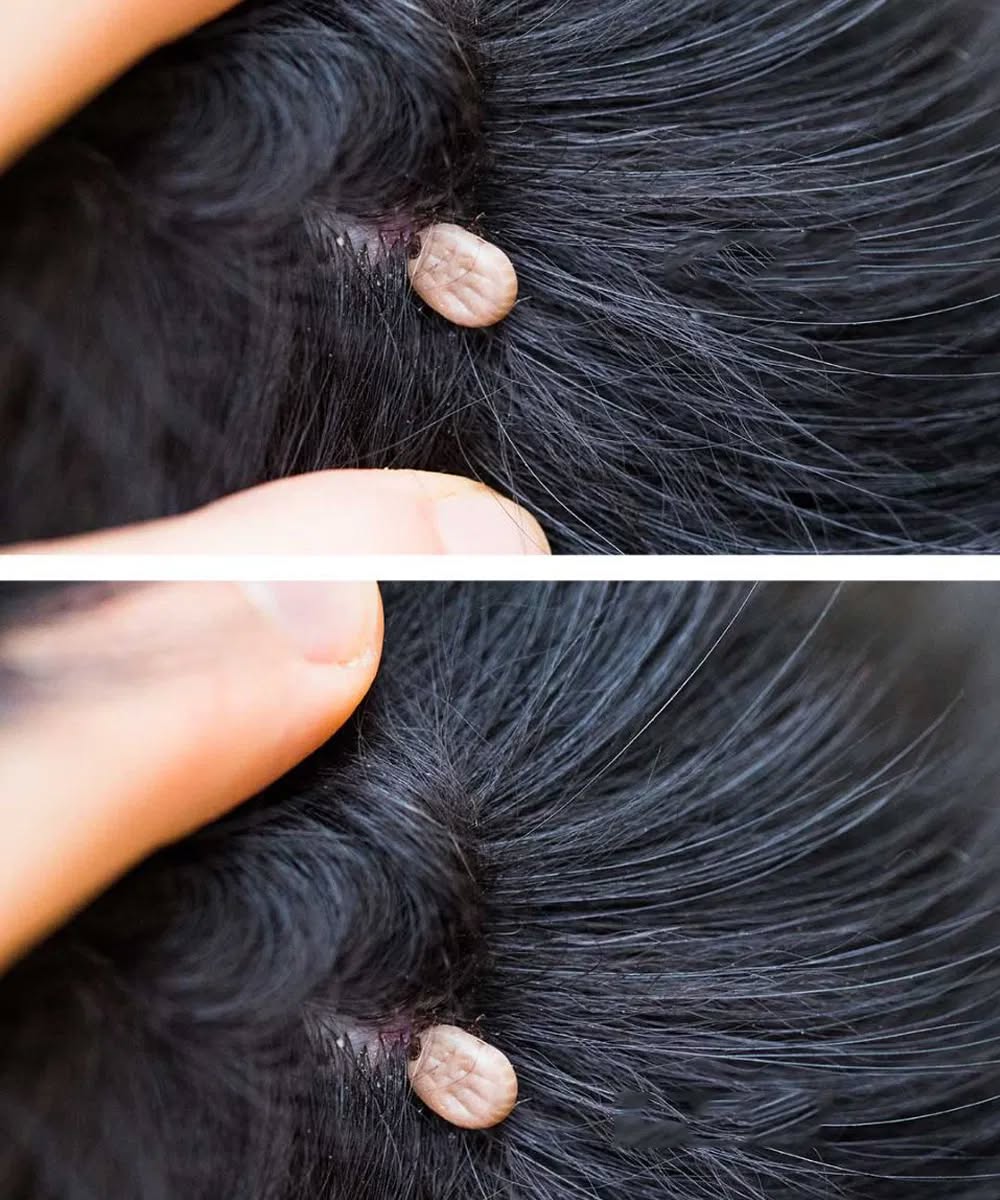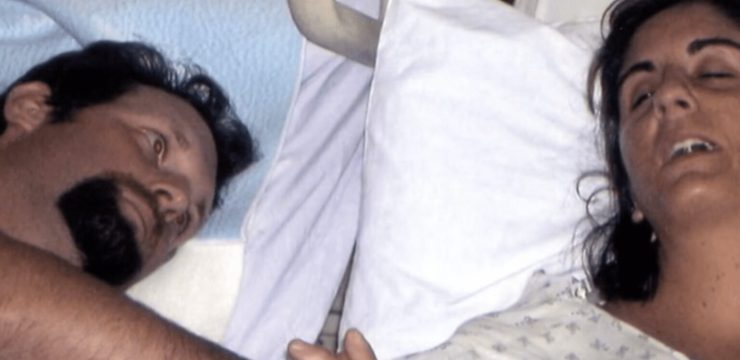Discovering something strange in your child’s hair can be unsettling and instantly trigger concern. Whether it’s an odd texture, a strange bump, or even a tiny creature, your parental instincts are likely to kick in fast. These situations can leave you wondering if it’s something minor or if you need to seek medical advice immediately. Understanding common hair issues and how to respond calmly can help you handle these moments with more confidence. In this guide, we’ll walk through the most frequent causes of hair and scalp problems in kids—especially involving lice and mites—how to recognize warning signs, home remedies that people often try, and when to get help from a doctor.

When you first notice something unusual in your child’s hair, take a moment to carefully examine it. Try to identify what exactly you’re seeing. Is it something moving? Does it look like tiny eggs stuck to the hair shaft? Maybe the texture of their hair has changed, or there’s redness or irritation. Using a magnifying glass can help get a closer view. Look for small, light-colored bugs or oval-shaped nits—lice eggs—that stick to strands close to the scalp. Jotting down what you observe, or even snapping a picture, can be very helpful later if you decide to consult a healthcare provider.
Children are especially prone to hair pests due to their tendency to play closely with others and share items like hats or brushes. The most common culprit is head lice—tiny, wingless insects about 2–3 millimeters long that live on the scalp and feed on blood. Their eggs, known as nits, often cling to hair shafts and are hard to remove. Another potential pest is mites. Scabies mites, for example, are much smaller—only about 0.2–0.4 millimeters—and usually burrow into the skin rather than living on the hair. While rare, they can affect the scalp and cause intense discomfort.
Mites are microscopic arachnids that aren’t easily seen without specialized tools. Because they’re so small, they’re typically identified by their symptoms rather than by sight. For instance, scabies mites often cause severe itching and a rash that may look like small pimples. They prefer to live in folds of skin but can occasionally affect areas like the scalp. Other mites, such as dust mites, don’t live on the body but can still cause allergic reactions like sneezing, runny noses, or itchy skin. If your child has been in dusty environments or around others with mite infestations, consider this a possible cause.
Watch closely for symptoms that suggest an infestation. These include constant scratching, red bumps, visible sores, or a rash on the scalp or neck. With lice, children might complain of an itchy head and you might see redness caused by scratching. If symptoms become severe—like sleepless nights, swelling, or allergic responses—it’s best to consult a doctor right away. Monitoring the progression of these symptoms can help you determine the urgency of seeking professional help.
While some parents turn to home remedies to deal with these pests, not all methods are equally safe or effective. Common household treatments for lice include coating the hair with mayonnaise or olive oil to suffocate the insects, followed by combing with a nit comb. Essential oils like tea tree oil are also popular in online “hacks” for their reported insect-repelling abilities. If you try any of these, proceed carefully. Always perform a patch test to ensure your child doesn’t have a skin reaction, and avoid unproven methods if you’re unsure about their safety.
If the situation isn’t improving with home treatments or seems to be getting worse, don’t delay in seeking medical attention. Redness that spreads, sores that won’t heal, or signs of infection like pus or fever indicate it’s time for a professional evaluation. Also, if your child has skin sensitivities, allergies, or preexisting skin conditions, be extra cautious. A doctor can diagnose the problem with certainty and provide targeted treatments, which might include prescription-strength shampoos, creams, or oral medications.
Prevention is just as important as treatment when it comes to hair pests. Teach your kids not to share personal items such as brushes, hats, or pillows. Encourage them to avoid close head-to-head contact with other children. At home, regularly wash clothing, bedding, and toys in hot water. Cleaning floors, carpets, and upholstered furniture frequently can also help eliminate pests and reduce the risk of reinfestation. Good hygiene habits and awareness go a long way in avoiding repeat problems.
It’s essential to recognize the health risks mites pose if not properly treated. Scabies mites, for instance, can cause open sores that become infected due to constant scratching. Dust mites can worsen allergy symptoms or aggravate asthma, particularly in sensitive children. Knowing where mites are commonly found—dusty areas, crowded environments, or schools—can help you better safeguard your family’s health.
Health problems from mites vary depending on the species and individual sensitivity. Scabies mites trigger skin issues, while dust mites can lead to respiratory symptoms like sneezing and itchy eyes. Prolonged exposure can worsen chronic conditions like eczema or asthma. If your child is already prone to these issues, it’s even more critical to address the problem early.
When it comes to treatment, over-the-counter lice shampoos containing permethrin or pyrethrin are often effective. However, stubborn cases or those involving mites may need stronger, prescription medications. Sometimes, oral treatments are necessary, especially for widespread infestations. Be sure to follow all treatment instructions carefully to ensure the pests are completely eliminated and don’t come back.
Even after successful treatment, continue checking your child’s hair regularly for any signs of recurrence. If the problem keeps coming back or symptoms persist, a dermatologist may be needed to dig deeper into underlying issues. Keeping a record of symptoms and treatments used can help guide future care decisions and give your healthcare provider valuable context.
In short, finding something odd in your child’s hair can be alarming, but with the right steps and attention, it’s manageable. Recognizing the signs, knowing when to treat at home, and understanding when to get professional help ensures your child gets the care they need without unnecessary stress.





